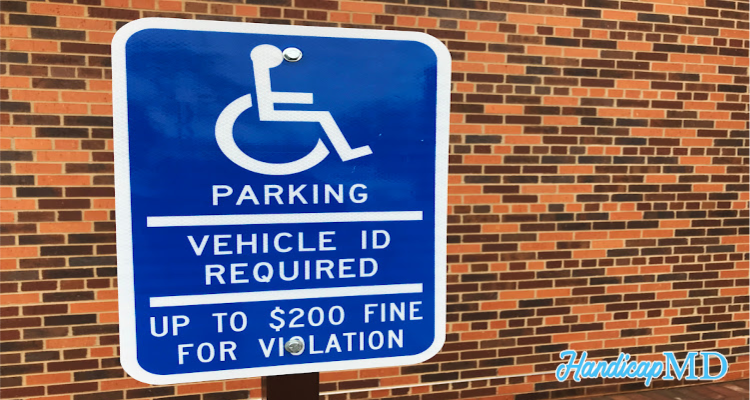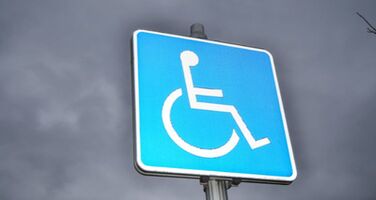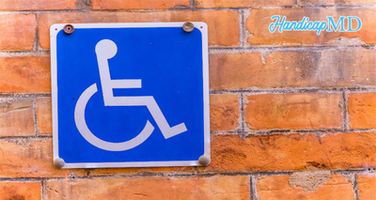
Handicap Placard Violations and Penalties in Connecticut: What You Need to Know
Introduction:
Navigating the regulations surrounding handicap placard violations and penalties in Connecticut can be a daunting task. Whether you're a resident or a visitor, understanding the rules and consequences is crucial to ensuring equal access for all. In this comprehensive guide, we'll delve into the key aspects of disability pass violations and penalties in CT, shedding light on the legal framework, fines, and frequently asked questions.
Handicap Placard Violations and Penalties in Connecticut: What You Need to Know
Handicap pass violations and the associated penalties in CT are designed to enforce accessible parking spaces for individuals with disabilities. These regulations aim to provide equal opportunities for mobility and ensure that designated parking spots are available for those who truly require them.
Understanding Placard Violations
Placard violations occur when vehicles misuse designated accessible parking spaces without the proper authorization. This includes parking in spots reserved for individuals with disabilities without displaying a valid handicap permit or license plate. Such violations not only inconvenience those who genuinely need these spaces but also pose legal repercussions for the offenders.
Penalties for Placard Violations
Individuals found guilty of disability permit violations in CT face strict penalties to discourage unauthorized parking in designated spots. The fines for these violations vary depending on the severity and frequency of the offense. Penalties can range from monetary fines to the suspension of driving privileges.
Parking Regulations and Legal Framework
Connecticut's parking regulations related to handicap permits are governed by state laws and the Americans with Disabilities Act (ADA). These regulations outline the specific requirements for obtaining a disability placard, the proper display of the permit, and the consequences of violating these rules.
Obtaining a Placard
To obtain a handicap placard in Connecticut, individuals must meet certain eligibility criteria, which typically include having a qualifying disability that significantly impairs mobility. The application process involves providing medical documentation to prove eligibility.
Displaying the Placard
Properly displaying the handicap placard is essential to avoid violations. It should be hung from the rearview mirror when the vehicle is parked in a designated accessible spot. Additionally, handicap license plates are available for those who prefer an alternative to the permit.
Enforcement and Reporting Violations
Local law enforcement agencies actively monitor parking areas to ensure compliance with disability permit regulations. If you witness a violation, you can report it to the authorities, contributing to the maintenance of accessible parking for individuals with disabilities.
Common FAQs About Placard Violations
Are disability permit violations serious offenses?
Yes, permit violations are considered serious offenses as they hinder the accessibility of designated parking spaces for individuals with disabilities.
What is the fine for a first-time permit violation?
The fine for a first-time disability permit violation can range from $150 to $250, depending on the jurisdiction and severity of the offense.
Can a disability permit be transferred between vehicles?
Yes, a disability permit can be transferred between vehicles as long as the authorized holder is present in the vehicle.
Is there a grace period for expired permits?
No, there is no grace period for expired handicap permits. It's essential to renew on time to avoid violations.
Conclusion
Navigating the intricacies of handicap placard violations and penalties in Connecticut requires a clear understanding of the regulations and consequences. By respecting designated accessible parking spaces and adhering to the rules, we can contribute to a more inclusive and accessible environment for individuals with disabilities.
Remember, staying informed is the key to avoiding unnecessary fines and penalties. If you're unsure about any aspect of placard regulations, refer to reliable sources or consult local authorities. Let's work together to ensure equal access and mobility for everyone in our communities.
.png)






